Vichy Enchères met à l’honneur Fernand Garbasi, dont une partie de la collection sera mis en vente en mai 2025. Fernand Garbasi est un musicien français aux talents multiples, resté dans l’ombre des vedettes qu’il accompagnait. La mise en vente de plusieurs de ses instruments est l’occasion de mettre en lumière son importance dans le paysage musical. Bien que discret, Garbasi a côtoyé les plus grands artistes de la chanson et a contribué à de nombreuses productions. Guitariste accompli, il fut le musicien des plus grands noms de la chanson française, de Charles Trenet à Yves Montand, en passant par Dalida… Du savoir-faire de Jacques Favino et des Jacobacci à l’excellence américaine de Gibson, cet ensemble d’instruments nous offre un aperçu sur la carrière de Fernand Garbasi et, avec elle, sur toute une époque de la musique française.
Né en 1929 dans un petit village d’Italie, Fernand Garbasi arrive en France avec sa famille alors qu’il n’a qu’un mois. Issu d’un milieu modeste, il est initié très tôt à la musique par son père, passionné d’accordéon. Dès l’âge de 10 ans, il prend des cours auprès de Tito Leoni et, en bon italien, commence à jouer de l’accordéon. Pendant la Seconde Guerre mondiale, il joue ses premiers bals clandestins à seulement 14 ans, ce qui lui permet d’aider financièrement sa famille. Après la guerre, il choisit de faire de la musique son métier et rejoint un orchestre en tant que guitariste et accordéoniste à Paris, rue du Faubourg-Saint-Honoré, avec lequel il joue dans des clubs d’officiers anglais.
Il découvre alors le jazz et apprend à lire les tablatures. Son service militaire en Allemagne met entre parenthèses cette première expérience mais, à son retour, Fernand Garbasi reprend la musique et est sollicité pour jouer à Saïgon dans un restaurant. Pendant huit mois, il s’adapte à un mode de vie nocturne rythmé par les concerts et la guerre d’Indochine, avant de rentrer en France par bateau. Peu après, il s’installe à Caracas pendant trois ans, où il étudie la guitare classique au Conservatoire National sous la direction du professeur Raùl Borges.
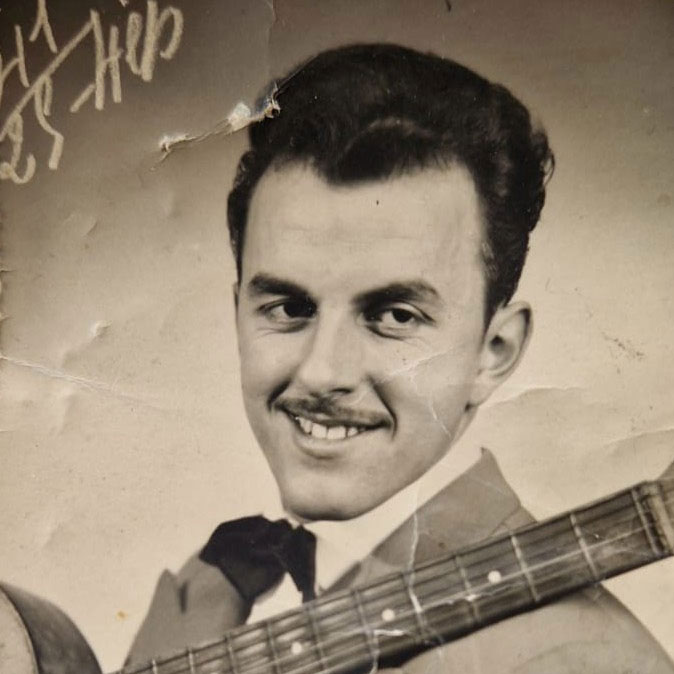
“J’avais un ami musicien, Jacques Nasslet, saxophoniste, dont l’un des amis, vivant à Caracas, lui avait proposé de venir avec son orchestre. Il me suggéra d’y aller, en qualité d’accordéoniste, bandonéon, guitariste, basse et contrebasse…”
Biographie de Fernand Garbasi, Archives familiales



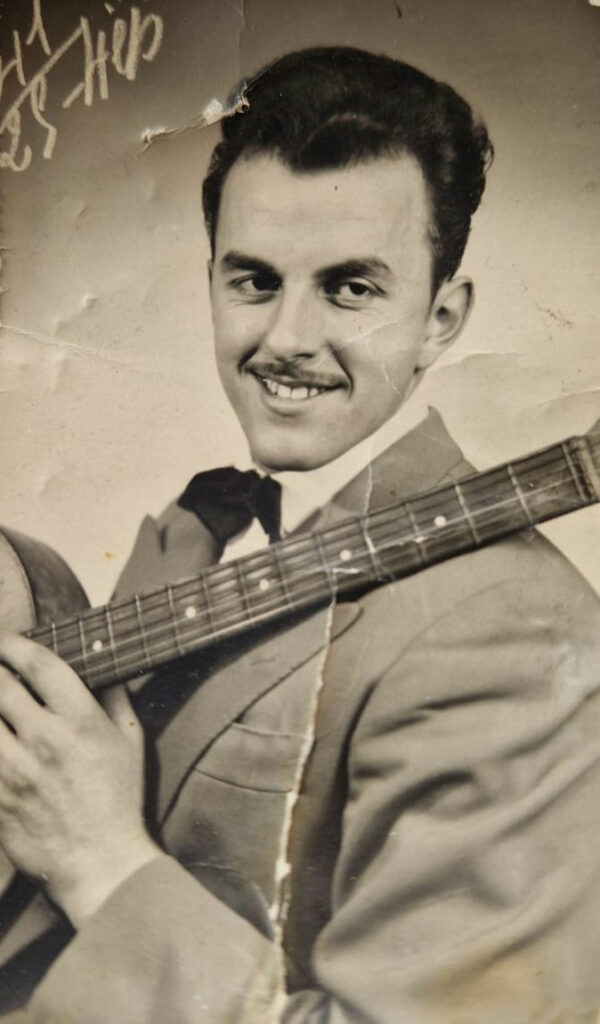
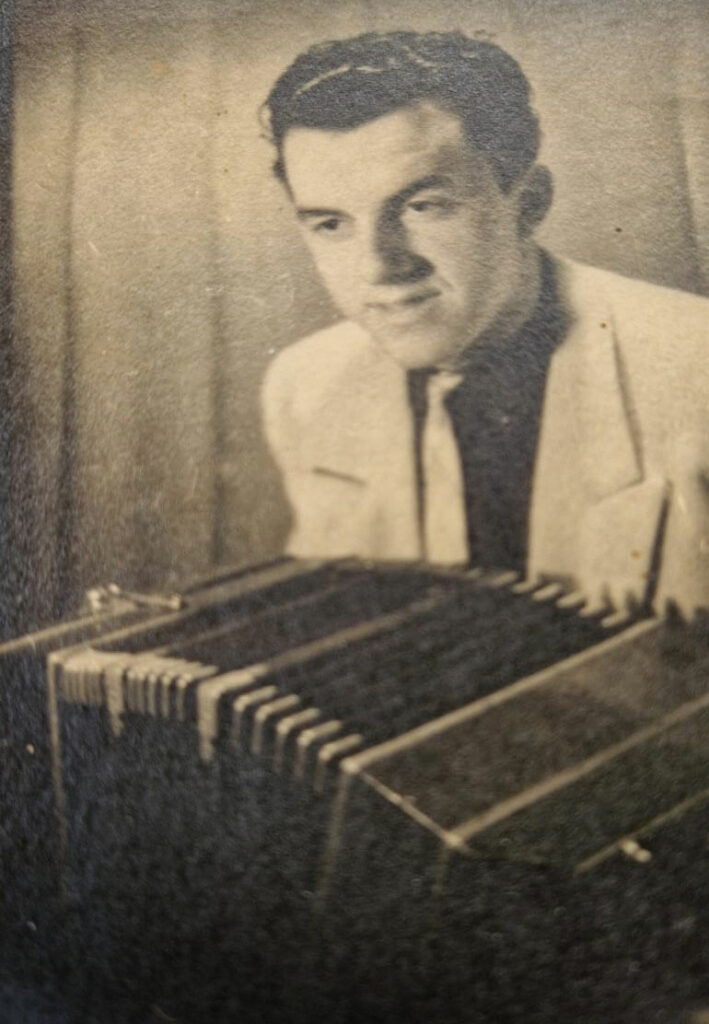
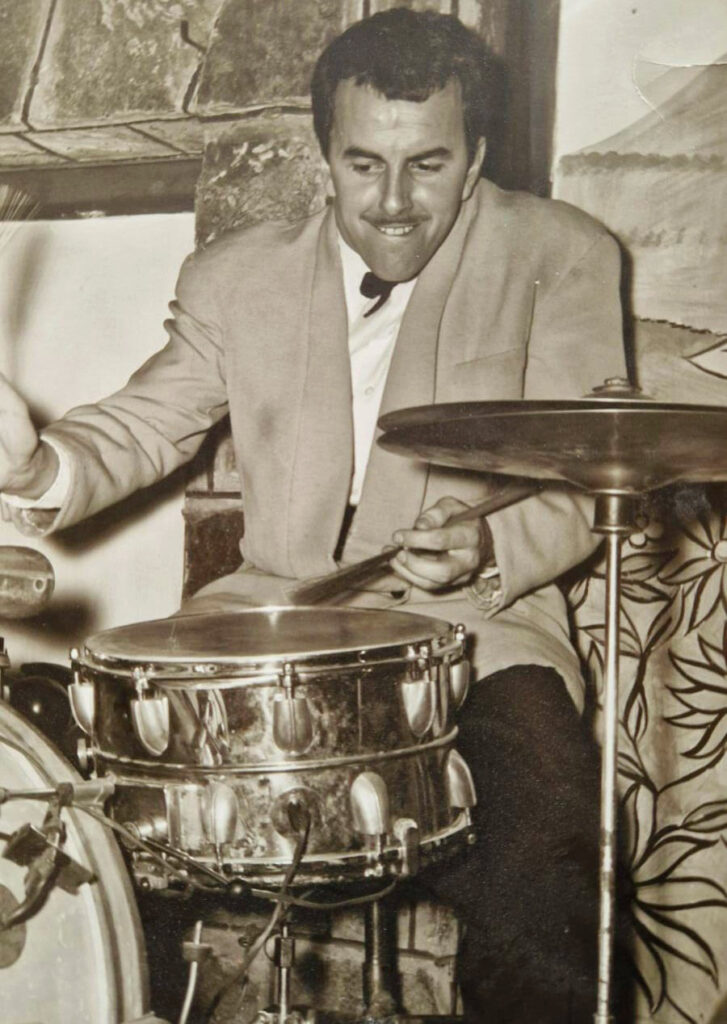
Fernand Garbasi a laissé une marque indélébile dans la musique enregistrée en studio, notamment à l’époque de l’essor du microsillon (33 tours). A son retour en France dans les années 1950, alors que l’industrie du disque connaît un boom, il fait partie des musiciens de studio sollicités pour leur polyvalence. Garbasi a ainsi contribué à d’innombrables enregistrements, souvent sans que son nom ne soit connu du grand public. Il participe à des bandes originales de films : pour le film Le Bonheur est pour demain (1960) d’Henri Fabiani, ce sont Barthélémy Rosso et Fernand Garbasi qui enregistrent la partition composée par Georges Delerue. Quelques années plus tard, on entend son banjo dans la célèbre musique du film Borsalino (1970), enregistrée par l’orchestre de Claude Bolling.
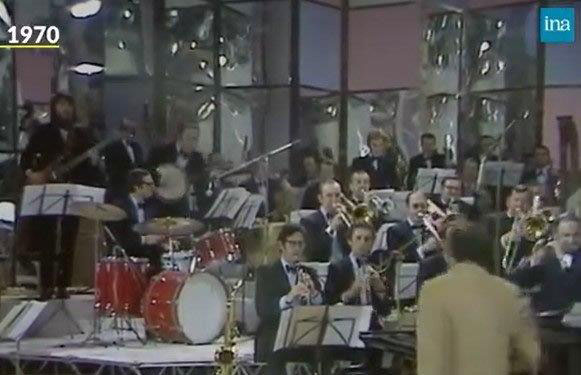
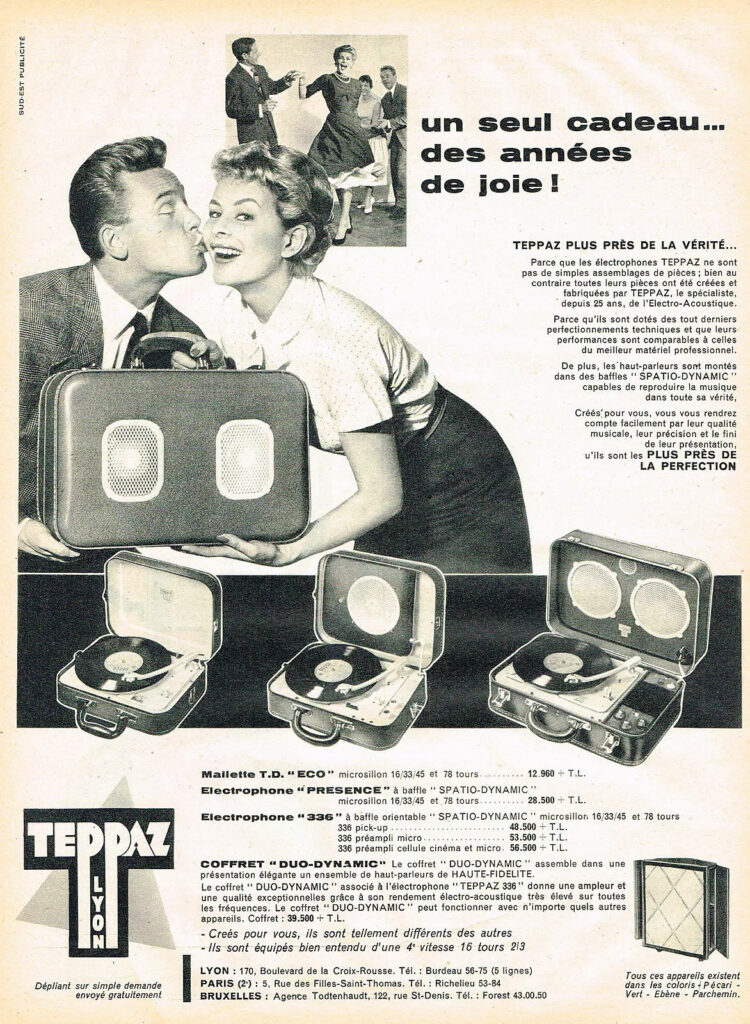
Grâce à sa polyvalence et à sa facilité à jouer des partitions complexes, Fernand Garbasi devient un musicien de studio incontournable. En effet, peu de guitaristes maîtrisaient à la fois la guitare classique et l’électrique.
“Les guitaristes classiques n’étaient pas rompus à la variété, et les guitaristes de variétés ne jouaient pas tous « avec les doigts version classique », seulement avec un médiator… Mon expérience m’a valu d’entrer dans le circuit des guitaristes de studio, aussi bien avec Pierre Boulez qu’avec des accordéonistes comme Marcel Azzola…”
Biographie de Fernand Garbasi, Archives familiales
Il entre à Bobino où il reste cinq ans, assurant chaque semaine 10 séances de service et 10 séances d’enregistrement. Il travaille avec des arrangeurs prestigieux comme Michel Legrand et François Robert, enregistrant aux côtés d’artistes majeurs venant de tous les horizons, tels que Charles Aznavour, Juliette Gréco, Boby Lapointe ou le jeune Johnny Hallyday.
Il les accompagne également sur scène. On le retrouve avec Yves Montand dans les années 1950 et pendant plus de cinq ans avec Mireille Mathieu lors de ses premières tournées, le conduisant aux quatre coins du monde.
Avec un talent naturel, Fernand Garbasi réussissait à adapter son jeu à des styles très divers, du jazz à la variété française, en passant par la musique classique et la chanson populaire. Réputé pour son oreille absolue, il avait cette faculté innée qui étonnait bien des gens. Un ami de la famille s’amusait d’ailleurs à dire :
” Fernand, tu jettes une poignée de clous sur un rail, il te dit toutes les notes ! ”
Propos d’un ami de Fernand Garbasi rapporté par sa fille Carole Garbasi
Guy Béart, Dalida ou encore Tino Rossi, la liste serait encore longue si l’on voulait être exhaustif – Fernand Garbasi ayant accompagné la plupart des chanteurs emblématiques de son temps. Ces derniers gardent le souvenir d’un partenaire fiable et discret, fidèle à la musique.



Tout au long de sa carrière, Fernand Garbasi a collectionné des instruments de grande qualité, adaptés au répertoire de chaque artiste qu’il accompagné. Ils sont le reflet de sa carrière et, par la même, de l’histoire de la variété française.
Parmi ses instruments, on compte plusieurs modèles de Jacques Favino. Ces instruments, prisées par les musiciens de jazz et de variété, étaient particulièrement appréciés pour leur projection sonore et leur timbre unique. La vente présente notamment une guitare de 1965, de taille 1/2, inspirée des requintos – ces petites guitares d’origine espagnole et mexicaine, souvent accordées plus haut que les guitares classiques.
La vente comprend également une intéressante mandoline plate électro-acoustique de 1972 réalisée par Jacques Favino, adaptée aussi bien à la scène qu’à l’enregistrement. Pour l’anecdote, l’artiste apparait justement avec une mandoline plate dans le film La Boum qui a révélé Sophie Marceau.
Signalons aussi une belle guitare acoustique Jacobacci réalisée vers 1970. Il s’agit probablement de la guitare que joue Fernand Garbasi sur le plateau de Samedi-Variété en 1973, au côté de Guy Béart.
Notons enfin une pièce emblématique de la guitare électrique, la Gibson ES-175D de 1988, fabriquée aux États-Unis – une référence parmi les guitares hollowbody – qui atteste de la diversité du répertoire joué par Garbasi.

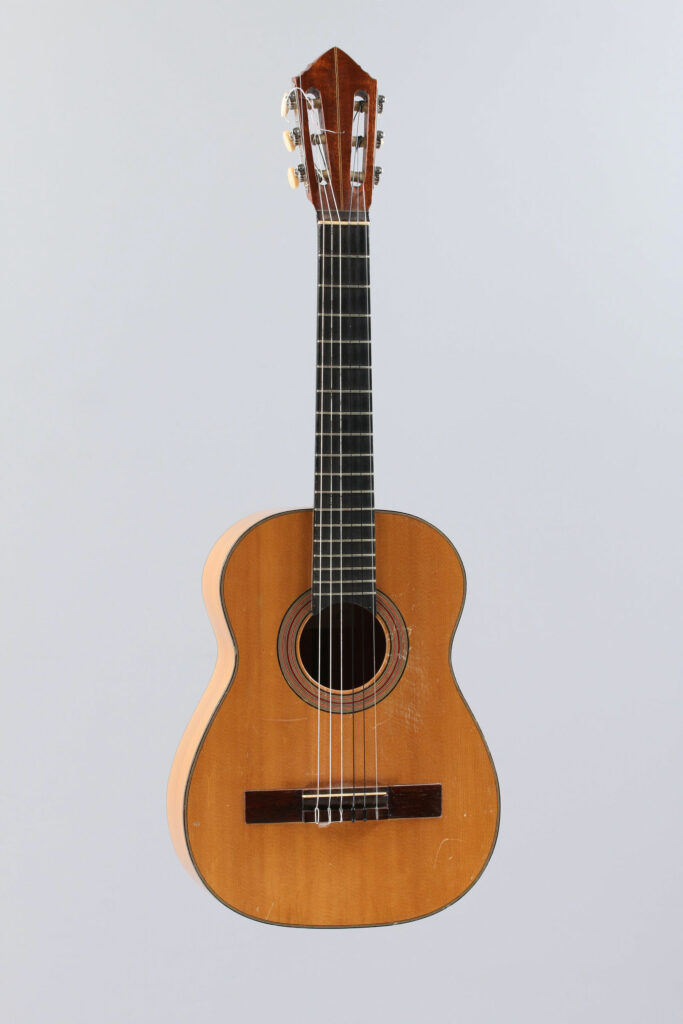

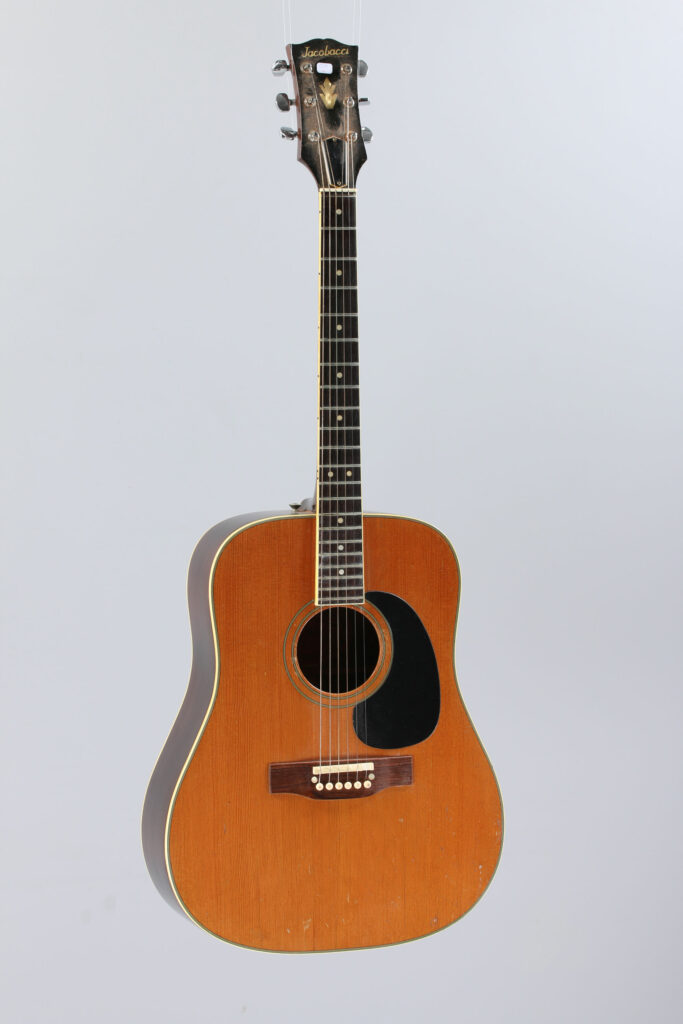
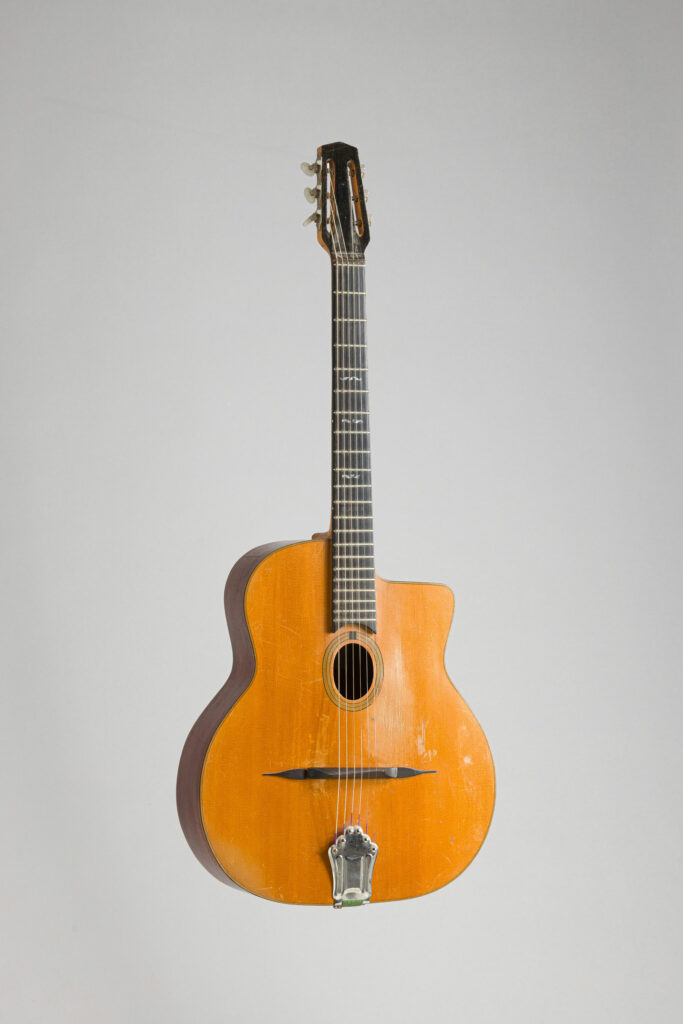
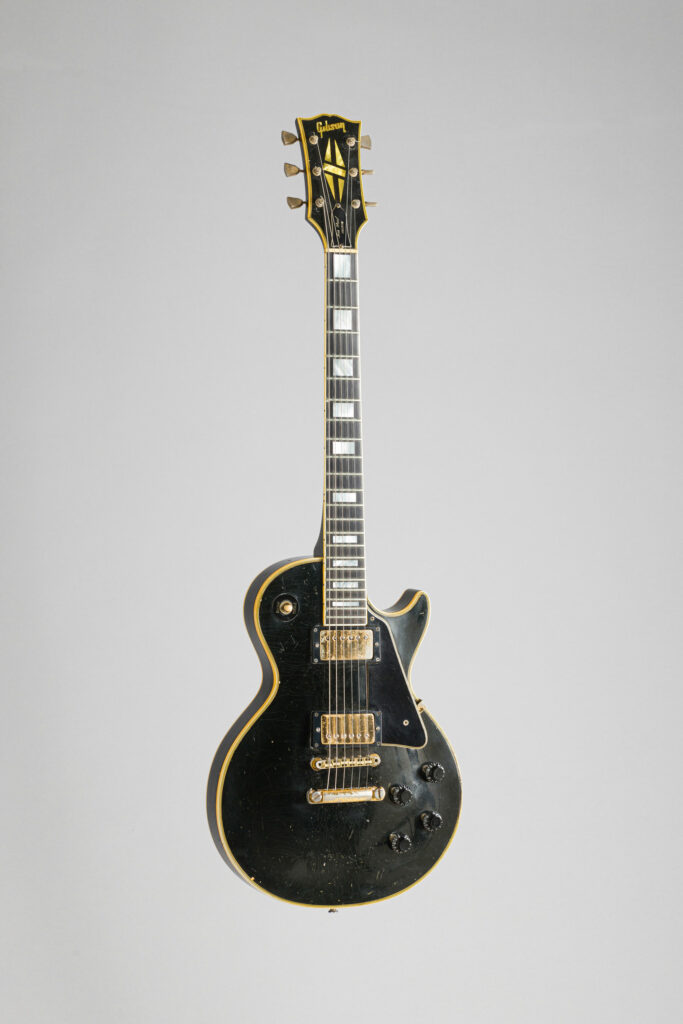
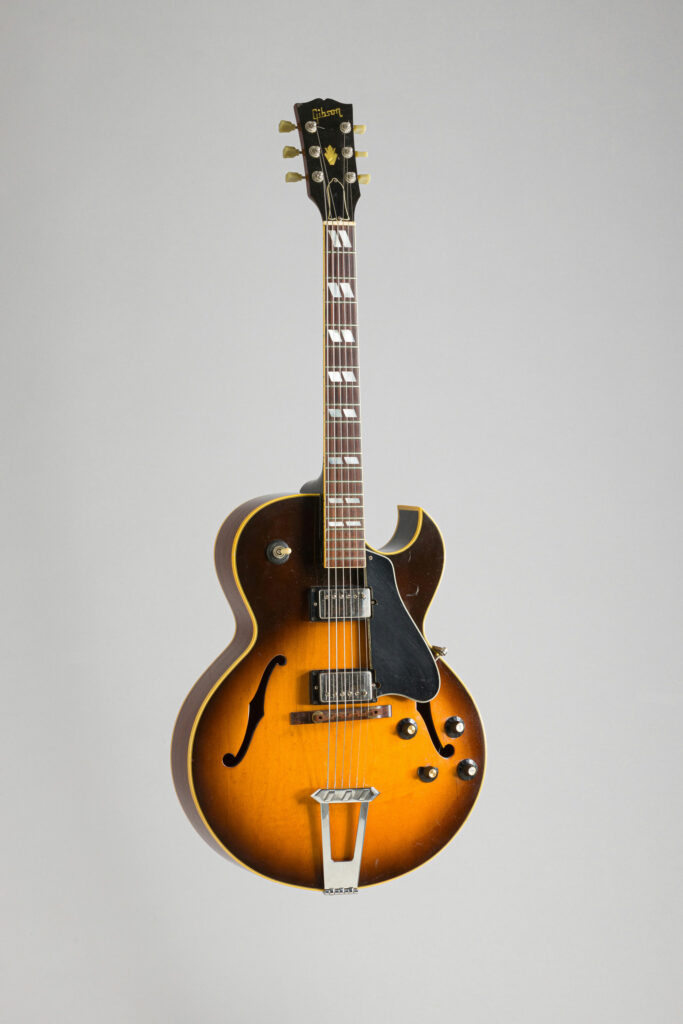
Après plusieurs décennies de concerts et d’enregistrements au quatre coins du monde, Fernand Garbasi décide de transmettre son savoir. Il devient alors professeur de guitare dans trois conservatoires prestigieux : Louveciennes, Marly-le-Roi et Saint-Maur-des-Fossés.
Passionné par l’enseignement, il forma de nombreux élèves et leur transmit sa passion de la musique. Il se perfectionna lui-même en suivant des cours d’harmonie avec la Berklee School of Music, ce qui lui permit de composer des musiques de films et notamment deux bossa nova.
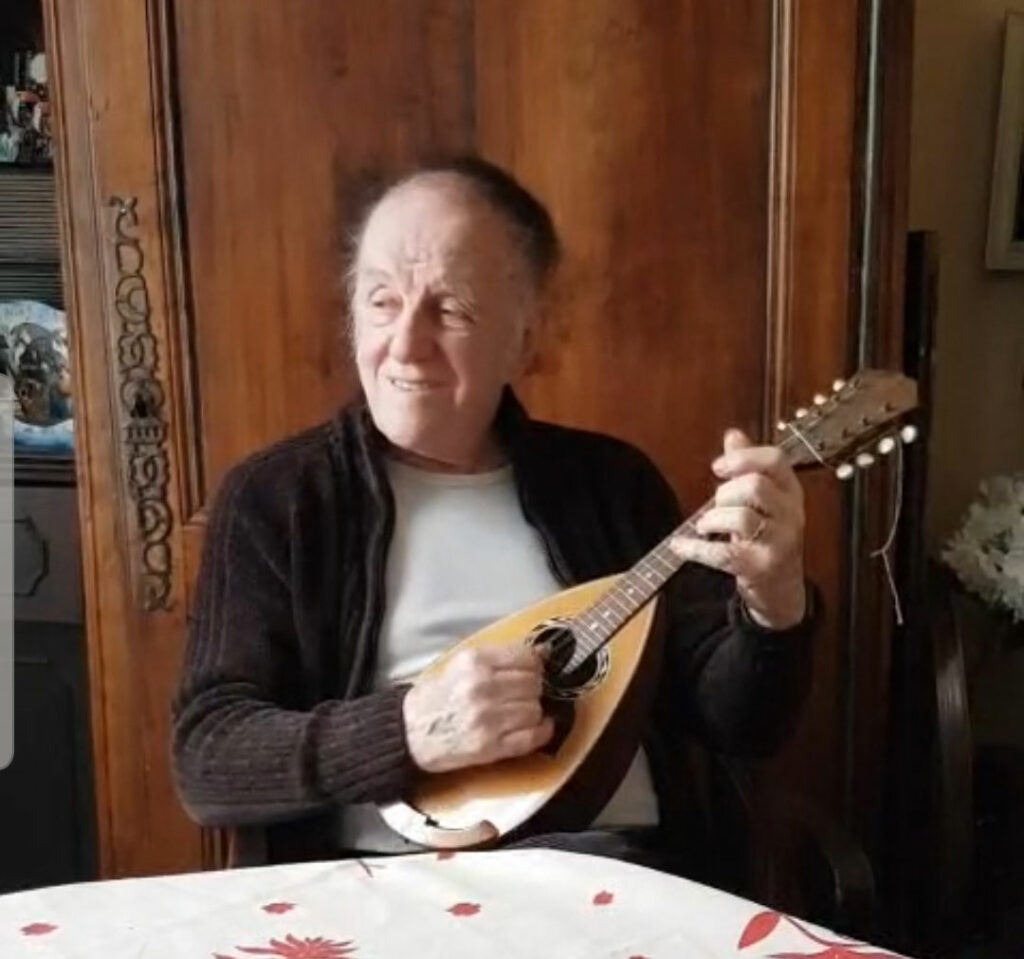
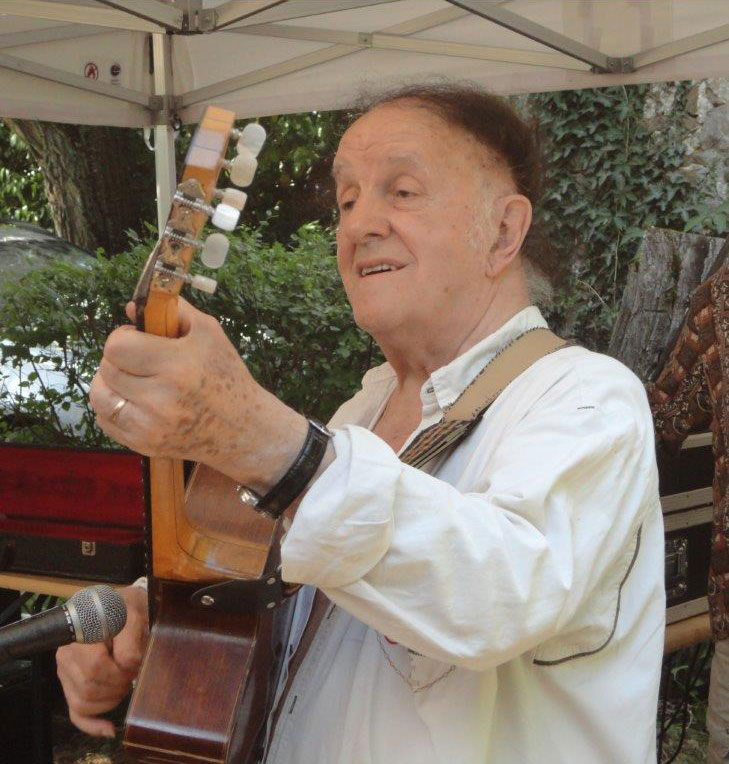
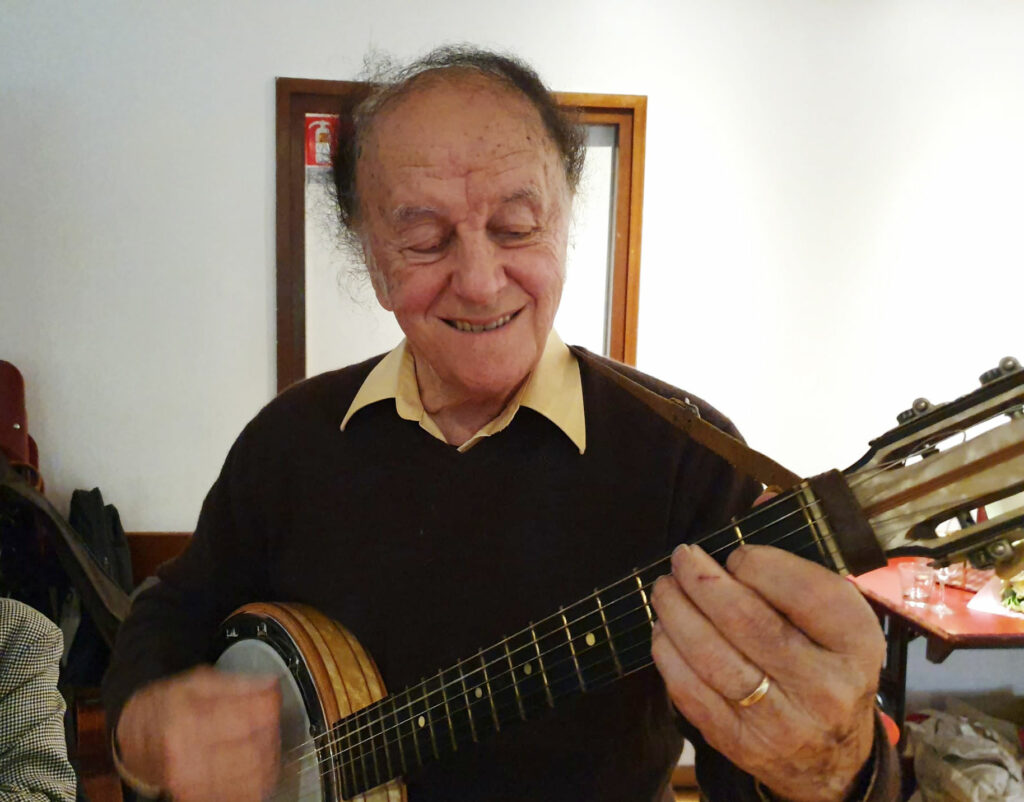
Fernand Garbasi est un parfait exemple de ces musiciens de l’ombre qui ont façonné la chanson française, accompagnant des générations d’artistes, sans jamais chercher la lumière. Sa carrière, marquée par une infatigable passion et un perfectionnisme sans faille, l’amena à traverser plusieurs continents et à expérimenter divers styles musicaux.
“Ainsi ses guitares, qui l’ont suivi partout dans le monde au gré des séances, méritent de poursuivre une autre belle histoire musicale… Gageons qu’elles procureront un grand bonheur à leur acquéreur.
Carole Garbasi, fille de Fernand Garbasi, mars 2025
Vichy Enchères is paying tribute to Fernand Garbasi, with part of his collection being auctioned in May 2025. Fernand Garbasi was a multi-talented French musician who remained in the shadow of the stars he accompanied. The auction of several of his instruments is an opportunity to highlight the important place he holds in the musical landscape. Despite not being well known, Garbasi worked for the greatest stars of French pop music and contributed to countless recordings and performances. He was an accomplished guitarist who performed alongside the greatest French singers and songwriters, from Charles Trenet to Yves Montand, and including Dalida. This collection of instruments, which features the craftsmanship of Jacques Favino and the Jacobacci, as well as the American excellence of Gibson, gives us a glimpse into Fernand Garbasi’s career and, with it, an entire era of French music.
Fernand Garbasi was born in 1929 in a small Italian village, and he arrived in France with his family when he was only one month old. He came from a modest background, and was introduced to music at a very young age by his father, who had a passion for the accordion. At the age of 10, he took lessons with Tito Leoni and, in keeping with Italian tradition, began playing the accordion. It was during World War II, aged only 14, that he first performed, at clandestine balls, which allowed him to financially support his family. After the war, he chose music as his profession and joined an orchestra, as a guitarist and accordionist, in Paris, on rue du Faubourg-Saint-Honoré, with which he played in English officers’ clubs.
Fernand Garbasi then discovered jazz and learned to read tablature. His military service in Germany put his burgeoning career on hold, but upon his return, he resumed his musical career and was asked to play in a restaurant in Saigon. For eight months, he adapted to a nocturnal lifestyle punctuated by concerts and the Indochina War, before returning to France by boat. Shortly after, he moved to and settled in Caracas for three years, where he studied classical guitar at the National Conservatory under Professor Raùl Borges.

“I had a musician friend, Jacques Nasslet, who was a saxophonist. One of his friends, who lived in Caracas, invited him to come with his orchestra. He suggested I go with him, as an accordionist, bandoneon player, guitarist, bass player and double bass player…”
Biography of Fernand Garbasi, Family archives






Fernand Garbasi left an indelible mark on several studio recordings, particularly during the rise of the microgroove record (33 rpm). Upon his return to France in the 1950s, when the recording industry was booming, he was one of the studio musicians sought after for his versatility. Garbasi thus contributed to countless recordings, often without being credited. He contributed to film soundtracks: for Henri Fabiani’s film Le Bonheur est pour demain (1960), Barthélémy Rosso and Fernand Garbasi recorded the soundtrack composed by Georges Delerue. A few years later, he played the banjo on the famous soundtrack for the film Borsalino (1970), recorded by Claude Bolling’s orchestra.


Thanks to his versatility and his ability to play complex scores, Fernand Garbasi became a prominent studio musician. Indeed, few guitarists mastered both the classical and electric guitar.
“Classical guitarists weren’t versed in pop, and not all pop guitarists could play “classical finger picking”, instead only using a pick. My broad skills led me to join the studio guitarist circuit, working for the likes of Pierre Boulez, as much as for accordionists like Marcel Azzola…”
Biography of Fernand Garbasi, Family archives
He joined the Bobino music hall theatre, where he stayed for five years, and where his duties included taking part in 10 performances and 10 recording sessions every week. He worked with prestigious arrangers like Michel Legrand and François Robert, recording alongside major artists from all walks of life, such as Charles Aznavour, Juliette Gréco, Boby Lapointe and a young Johnny Hallyday.
He also accompanied them on stage. He played with Yves Montand in the 1950s and with Mireille Mathieu for over five years during her first tours, which took him to the four corners of the world.
With his natural talent, Fernand Garbasi managed to adapt his playing style to a wide repertoire, including classical, jazz and pop music. He was renowned for having perfect pitch, and this innate ability astonished many. A family friend once joked:
“With Fernand, you throw a handful of nails on a rail, and he’ll tell you all the notes! ”
Remarks by a friend of Fernand Garbasi reported by his daughter Carole Garbasi
Naming all the stars Fernand Garbasi worked with, which included Guy Béart, Dalida, and Tino Rossi, would take too long as he accompanied most of the iconic singers of his time. They remembered him as an accompanist that was reliable and not seeking the spotlight, and that faithfully performed the music he was given.



Throughout his career, Fernand Garbasi collected high-quality instruments, suited to the repertoire of each artist he accompanied. They are a reflection of his career and, by extension, of French pop history.
Amongst these instruments are several examples by Jacques Favino. Instruments by this maker are sought after by jazz and pop musicians, in particular for their sound projection and unique tone. The sale features in particular a 1965 half-size guitar, inspired by requintos – small guitars of Spanish and Mexican origin, often tuned higher than classical guitars.
The sale also includes an interesting 1972 electro-acoustic flat mandolin made by Jacques Favino, suitable for both stage performance and studio recording. Anecdotally, Fernand Garbasi appeared with a flat-top mandolin in La Boum, the film that made Sophie Marceau famous
Also of note is a beautiful Jacobacci acoustic guitar made around 1970. This is likely the guitar Fernand Garbasi played on the set of Samedi-Variété in 1973, alongside Guy Béart.
Finally, please note the inclusion of an iconic electric guitar, a 1988 Gibson ES-175D, made in the United States – the benchmark when it comes to hollow body guitar making – which attests to the diversity of Garbasi’s repertoire.







After several decades of concerts and recordings around the world, Fernand Garbasi decided to pass on his knowledge and skills. He therefore became a guitar professor at three prestigious music conservatoires, in Louveciennes, Marly-le-Roi and Saint-Maur-des-Fossés.
He was passionate about teaching, training many students, to whom he passed on his passion for music. He further developed his own skills by taking harmony classes at the Berklee School of Music, which led him to compose film music, including two bossa novas.



Fernand Garbasi is the perfect embodiment of those unsung musicians who shaped French music, accompanying generations of artists without ever seeking the spotlight. His career, marked by tireless passion and unwavering perfectionism, led him to cross several continents and experiment with diverse musical genres.
“Therefore, his guitars, which have followed him all over the world for performances and recordings, deserve to continue on another beautiful musical journey. They will no doubt bring great joy to their next owner.”
Carole Garbasi, daughter of Fernand Garbasi, March 2025